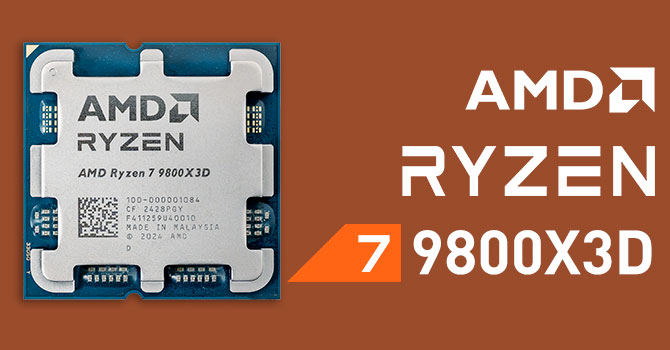skankeh
New member

I have recently switched from i7 12700k (lapped heat spreader and a contact frame) to 9800X3D and I don't think the AiO is performing on the new CPU as it should. The Aurora fans have been replaced with Lian Li TL fans that have higher static pressure and airflow than the Aurora fans.
I was running the i7 with 250w of power draw in OCCT, staying below Tmax (87-90 celcius). When at this level of load the air coming out of the rad was rather warm.
I have now switched to 9800X3D, using AMD AM4 mounting (no AM5 specific mounting hardware was included but it should be the same). Running OCCT with no PBO hits Tmax after a few seconds, the air out of the radiator is not warm. Applying PBO and under-volt (I forgot the exact under-volt) keeps just below or on Tmax but with only 5Ghz clock speed despite +100Mhz on PBO, again the air is not getting very warm. I checked the mounting of the cold plate and it looks like there is not enough pressure on the heat spreader, the layer of TIM (Thermal Grizzly Kryonaut) is quite thick still compared to on the i7.
Has anyone any ideas on this, or is there now a specific AM5 mounting solution?
I was running the i7 with 250w of power draw in OCCT, staying below Tmax (87-90 celcius). When at this level of load the air coming out of the rad was rather warm.
I have now switched to 9800X3D, using AMD AM4 mounting (no AM5 specific mounting hardware was included but it should be the same). Running OCCT with no PBO hits Tmax after a few seconds, the air out of the radiator is not warm. Applying PBO and under-volt (I forgot the exact under-volt) keeps just below or on Tmax but with only 5Ghz clock speed despite +100Mhz on PBO, again the air is not getting very warm. I checked the mounting of the cold plate and it looks like there is not enough pressure on the heat spreader, the layer of TIM (Thermal Grizzly Kryonaut) is quite thick still compared to on the i7.
Has anyone any ideas on this, or is there now a specific AM5 mounting solution?







